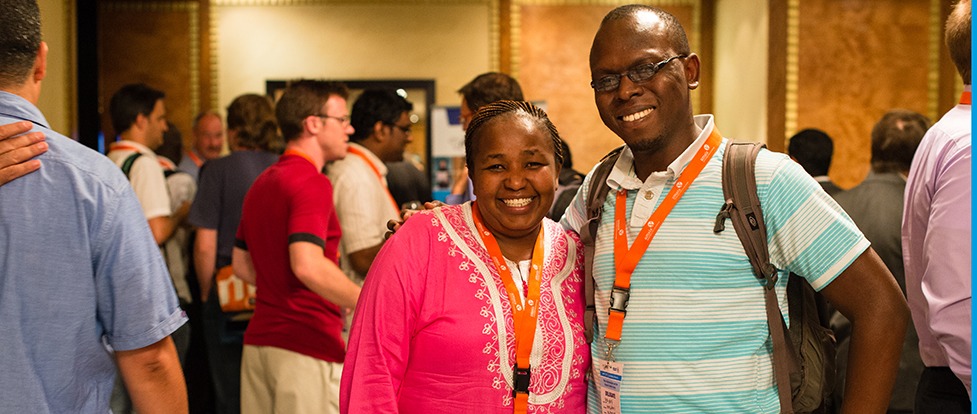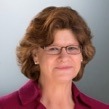The adoption of the UN Sustainable Development Goals (SDGs) this week in New York is a milestone for the international community. And, implementing these goals is the challenge of our times.
We applaud the world’s governments for agreeing to a specific, active agenda to address clearly defined sustainability goals. Making the SDGs a reality will of course, involve the cooperation and collaboration of the whole of the global community across continents, cultures and disciplines –not just governments but also business, academia and the many non-governmental organizations (NGOs) that have the knowledge, know how and tools to advance the mission.
At the Internet Society, increasing Internet access to the Internet of Opportunity has been part of our core mission since our earliest days – and we have a strong agenda for development work that includes increasing access to everyone, everywhere.
Yesterday I wrote about why community building is critical for the implementation of the 2015 UN Sustainable Development Goals (SDGs) – today I want to showcase a model of how community building can happen.
The African Peering and Interconnection Forum (or “AfPIF), organized by the Internet Society – is now in its sixth year. AfPIF brings together technical experts, content creators, government officials, community members, and business leaders who care deeply about expanding access to the Internet. It was held recently in Maputo, Mozambique. I encourage participants of the upcoming UN Sustainable Development Summit to watch the archived discussions on the live video stream of the AfPIF event to experience the excitement and to note the organizational elements of its success. A few observations:
Working Together
There is no question that when experts from a variety of disciplines come together to do something – anything – it can challenge the very best of us.
AfPIF is now attracting experts from across Africa dedicated to bringing the open Internet across this great continent. It is attended by hundreds of people who either don’t have a practical way to meet on a daily basis, or may not have met otherwise. But the thirst to meet face to face and learn from one another is unmatched.
What is the secret? Their goal. They know that the only way to build a faster, less expensive, and better Internet in Africa is to come together, share ideas, plan and build.
It’s what some call the “multi-stakeholder model” but we prefer to call “collaborative governance”. Where partners come together – technical experts, businesses, non-profits, and governments – to work together to sort through issues.
This model goes to the very core of the development of the open Internet. From the technology that runs networks – to the policies that help guide how it is governed and liberalized. This model – at its core – means that those with a stake in the future of the Internet need an equal voice in the decisions of how the Internet is deployed and used.
You only have to take part in the event to see why it works. Imagine what could be possible if we all worked this way?
What We Can Do
As we look at AfPIF, how can we apply this remarkable model to help the SDGs succeed?
1. First, the creation of regional community action groups across each of the 17 SDGs would greatly enhance our probability of success. Different “stakeholders” are required to tackle each of our ambitious goals in the alleviation of poverty, the advancement of health and education and in addressing climate change. Action groups need to be representative from across both providers and users to give richness of values and voice in decision-making.
2. Second, a yearly review of the SDG process would be welcomed. Let’s keep track of what’s worked, what hasn’t, and where we need to reboot.
3. Third, our approach to implementation of the SDGs needs to be collaborative, undertaken with a spirit of global and regional camaraderie and a drive to listen and learn.
4. Finally and Importantly, in order to scale results, we must use the Internet and other ICTs. Our strategies must integrate 21st Century technology tools into each SDG to have a sustainable outcome. And, in order to use the Internet, it must be available to everyone. Building the infrastructure is still job 1.
Congratulations to the AfPIF participants for being a model for diversity, innovation, and change! We are looking forward to AfPIF 2016 in Tanzania. You can attend either in person or by using the Internet. It’s the collaborative model at work and it truly deserves to be experienced, celebrated and replicated.
Photo: © Internet Society / Nyani Quarmyne CC BY 2.0

